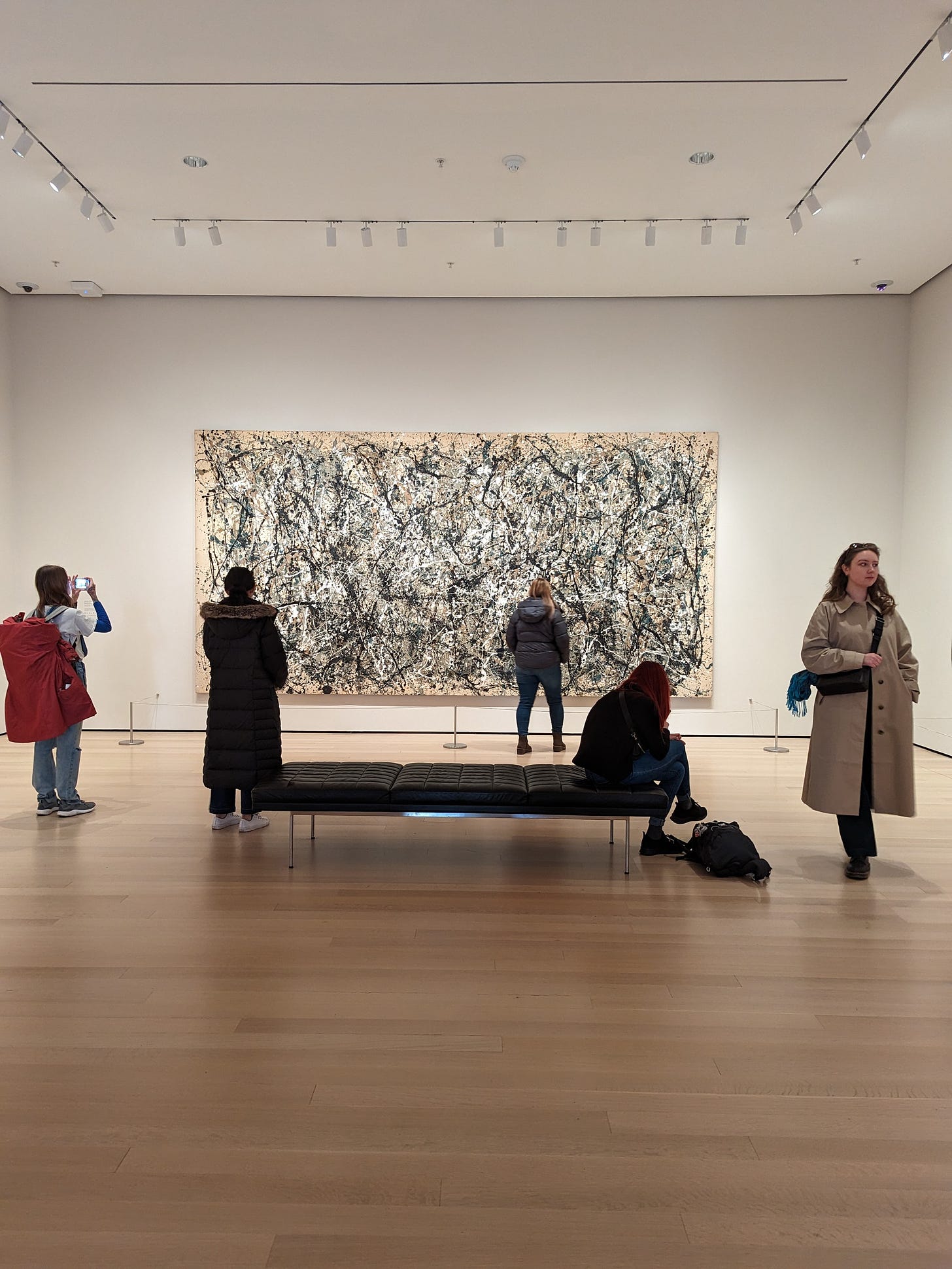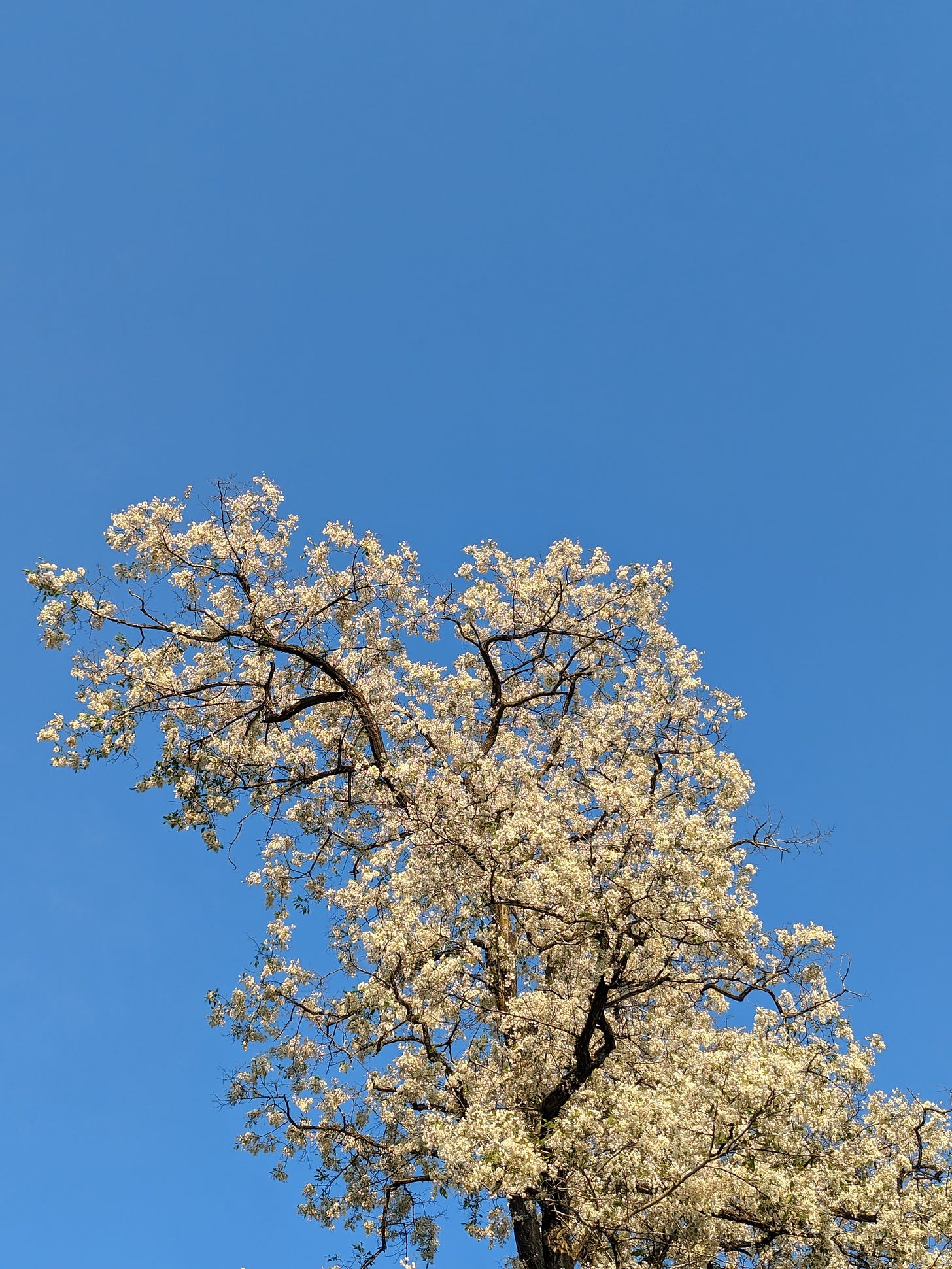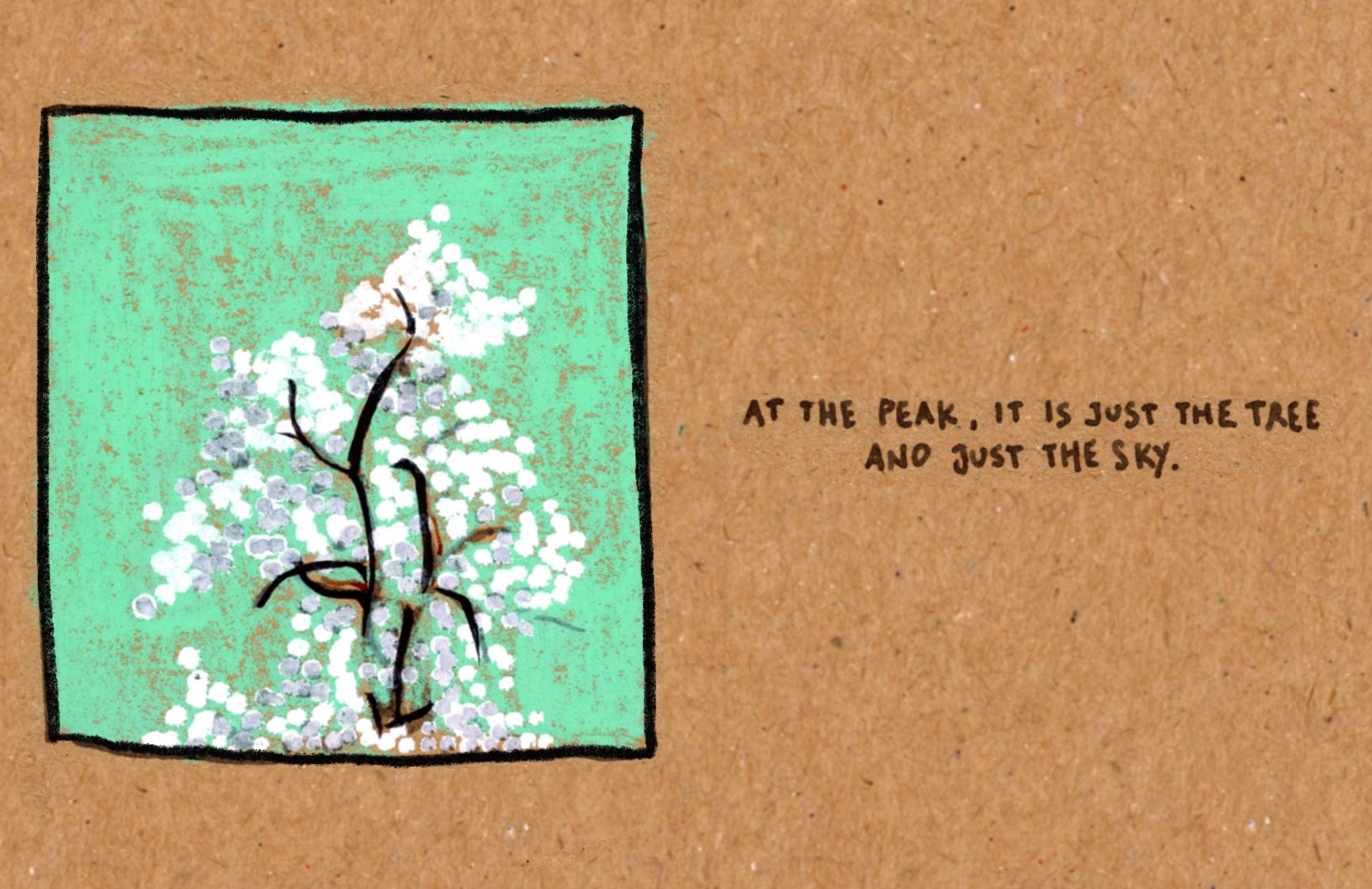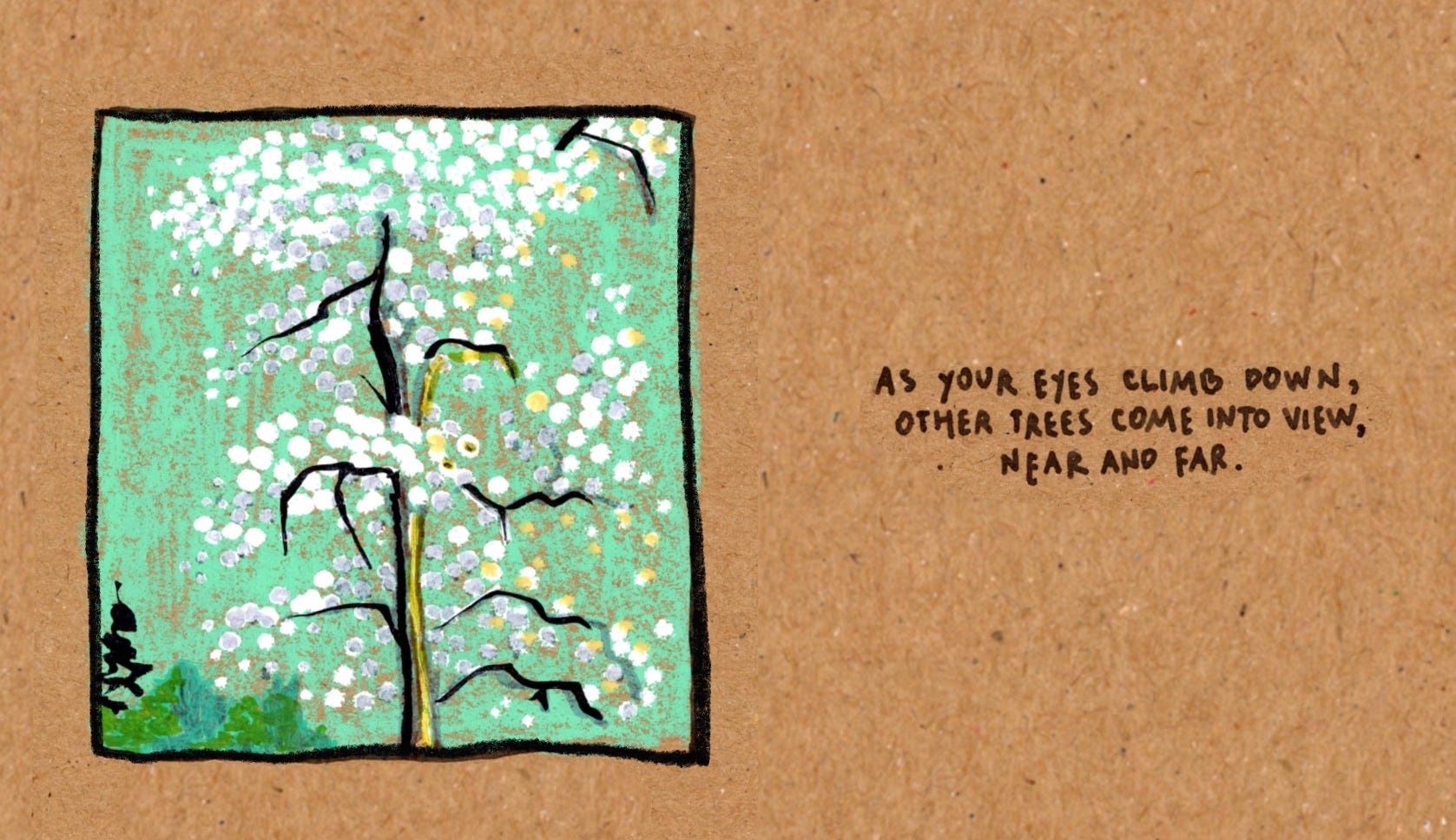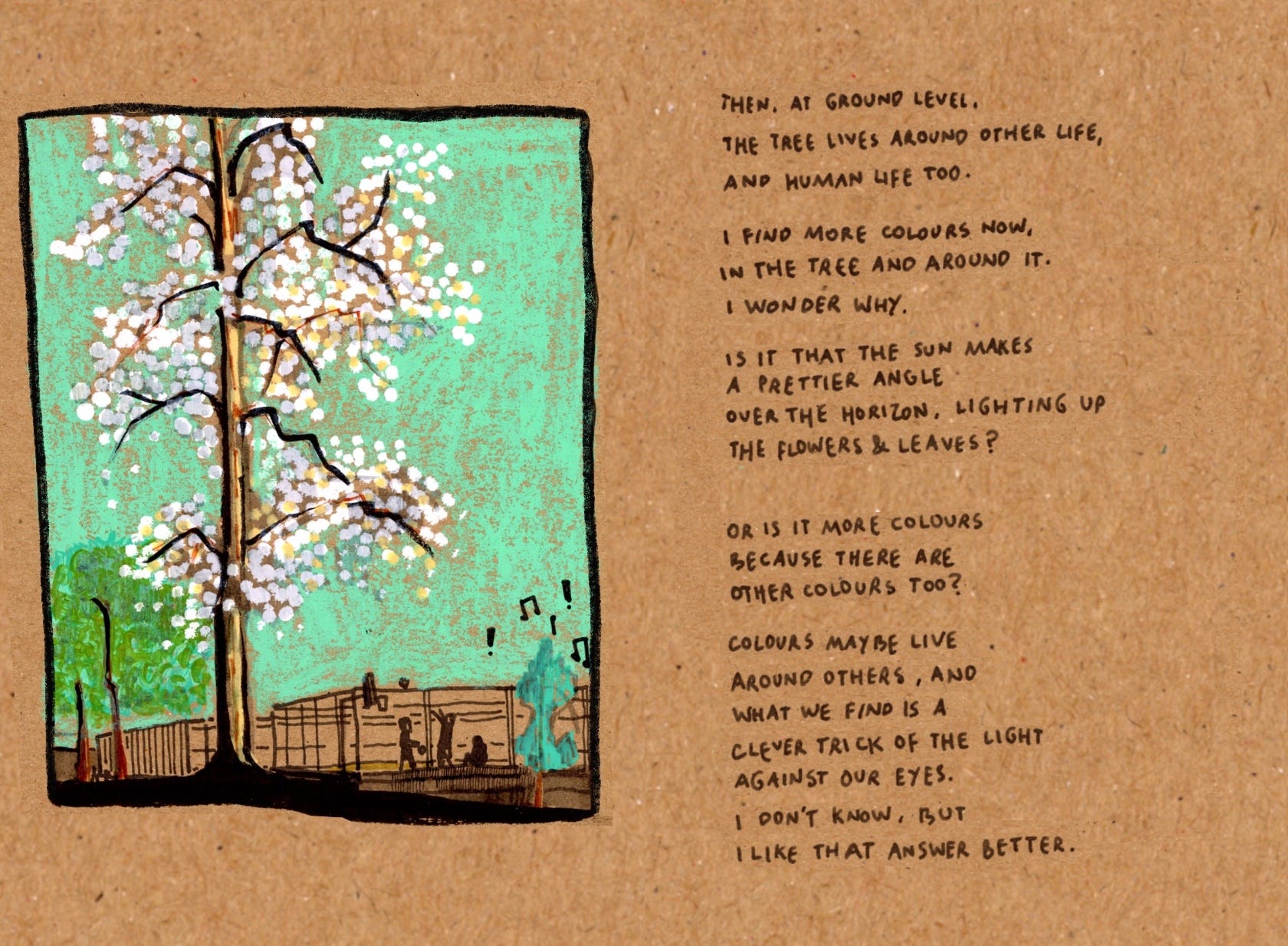Note: This is one part of a series of posts on the essay by Walter Benjamin. Read here: The Role of Art in the Age of 'Virtual Reproduction' | The Concept of Aura | What is Art keeps changing | Free Contemplation of Art | Freewriting | Everyone should own art
Dear Insiders (and other readers),
I have been reading Walter Benjamin’s “The Work of Art in the Age of Mechanical Reproduction”, where he shares his thoughts about the historic function of art, its relationship with its audience, and how these things were transforming with technological advancements.
The word that brought me to this 1936 document is aura. It was the answer from
to a question I posed a few weeks ago, after visiting the Museum of Modern Art in New York.To a generation that has already seen everything on their screens, what is the purpose of art in a museum? What sets apart the physical confrontation?
So I began reading Walter Benjamin, looking for answers to my own questions:
What is this aura? Where is it found? And what is it worth today?
In today’s post, I summon aura and demand a cult experience. If you have no idea what that means, keep reading.
The SneakyArt (Insider) Post is written for patrons and paying subscribers of SneakyArt. These are the people who support my work (at less than $1 per post) and give me the mandate to pursue my curiosity in whichever direction I like.
🌲 A Tree in the Park
I sat on the grass in Queen Elizabeth Park and looked at a tree.
Aura, says Walter Benjamin, lies in free contemplation in the physical presence of a work of art. The complete immersion of the viewer in the art, and their freedom to take this unguided, unmediated contemplation in any direction of their choosing.
But reproductions, mechanical or virtual, do not have aura. Instead, they have politics.
Photos and illustrations come with captions. Films have music and direction and camerawork. The viewer’s experience is guided, mediated, and constantly interrupted.
By sitting down in front of a tree, I hoped to find some free contemplation.
Almost immediately, I realized that free contemplation was not easy to obtain. Our minds have been poisoned.
In the 1930s, Walter Benjamin saw two major obstacles in the path to free contemplation.
(1) the audience as appraiser - Because the audience is acutely aware of watching a mediated performance (in the case of film, the fact that the actor is acting for the camera, not the audience) its immersion into the art is mediated through the politics of the camera.
(2) the audience as creator - Because the means of production and reproduction have become cheaper, the audience unconsciously finds itself in competition with the artist.
Recently, we have also erected some new obstacles.
Social media has infected our minds. Whether we like it or not, whether we indulge or not, we have to contend with it. As an artist, 99.9% of my audience will only see my work on their phones. I cannot afford to ignore social media.
Even as I sit in front of the tree, looking at branches high in the sky, watching the late afternoon sunlight bounce off the leaves, the Ghost of Instagram Present looms over me. Every few minutes, it prods and pokes. Share your progress! Take a picture of that cloud! Make little videos for the reel afterwards!
Every few minutes, I think of the work as it will look finished. I think of the audience, which does not matter, and the platform, which should not matter. I wonder if people will like it and I wonder if the social media gods will favour it. These thoughts interrupt my contemplation of the only things that are real - the grass beneath my feet, the feel of the crayons and markers on my page, and the tree leaves rustling gently in the summer breeze.
Walter Benjamin spoke about an audience being unable to fully immerse themselves in art. But the crisis today might extend to the audience’s inability to fully immerse themselves in reality. We are pulled in different directions, toward things that are not real, people that do not belong to our world, and events that have nothing to do with us. The great struggle is to reclaim our attention from the vultures trying to monetize every waking moment.
What is aura in this society? Where lies that feeling of a unique time and space, of a reality that is not reproducible? And what does it matter?
As an artist, I read Walter Benjamin’s work to find answers for my work. How can I build value? If I understand what is cult value and display value, can I create worth for what I do? I have some answers I did not have before, and many new questions. I suppose that is a good start.
“I can no longer think what I wish to think. The moving images have ousted my thoughts.” - Georges Duhamel.
In next week’s Insider Post, I will share concluding thoughts from Walter Benjamin’s work.
📖 In case you missed them, read parts [1] [2] and [3].
🎙 Listen to the new episode of the SneakyArt Podcast, a conversation about design thinking with Dutch artist Ellen Vesters.




